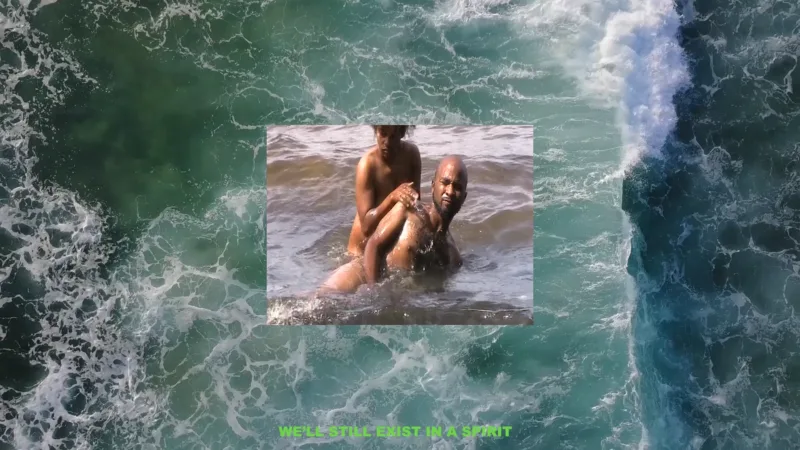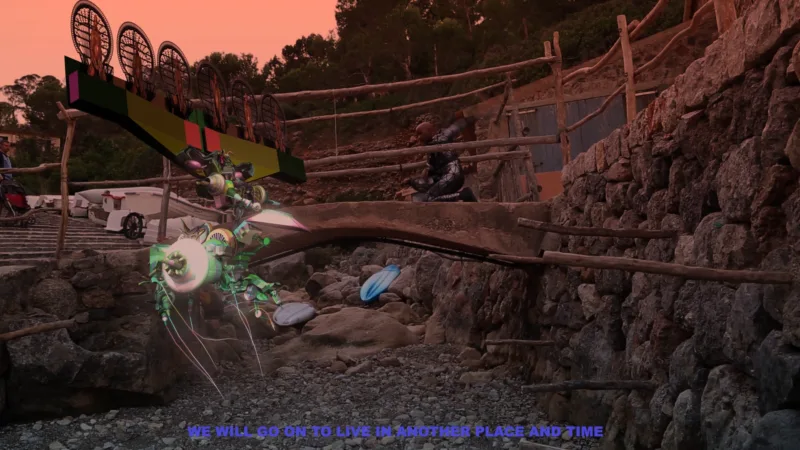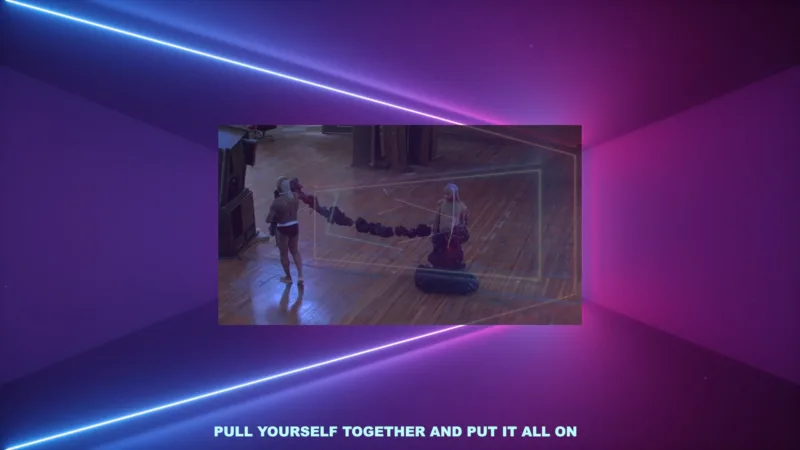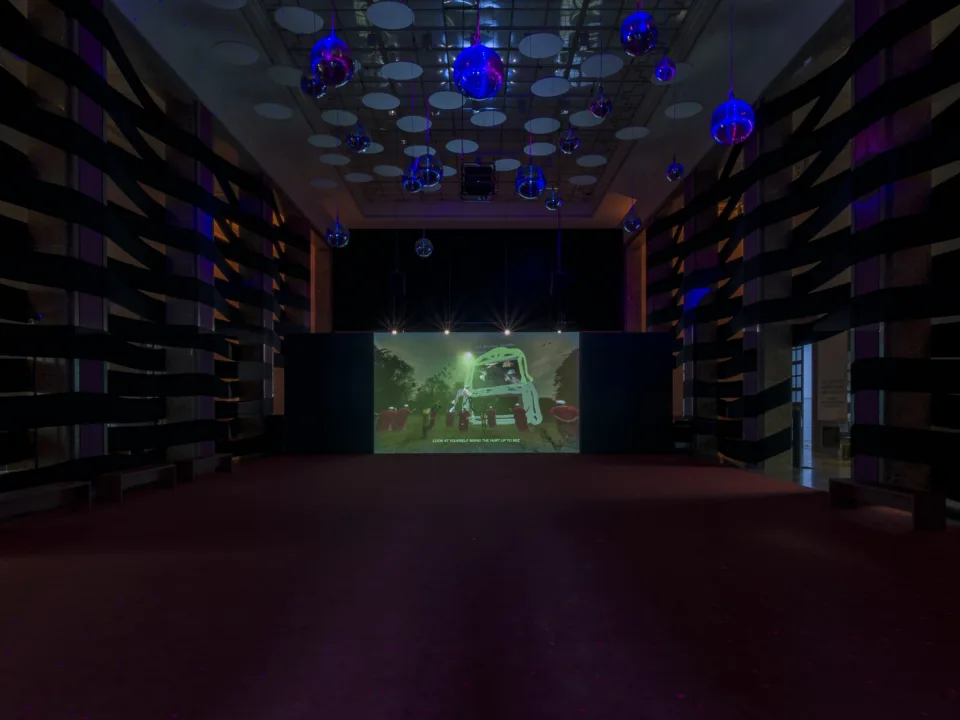Jacolby Satterwhite (*1986, Columbia, South Carolina) creates mythical worlds in which performance, dance, painting, drawing, and music are combined in immersive video installations. The artist’s own body sits at the centre of his continuously mutating cosmos, that are also inhabited by a variety of avatars and fantastical creatures. Satterwhite’s sources and influences include music videos, video games, non-Western rituals, clubbing culture, the history of Western art and contemporary dance, as well as the artistic work of his own late mother, Patricia Satterwhite. Her drawings, poetry, as well as recordings of her singing, form the fabric of kaleidoscopic utopian visions that powerfully address inequalities and celebrate queerness and differences.
Birds in Paradise is the third act of a survey on Jacolby Satterwhite’s body of work in Haus der Kunst Middle Hall and follows We Are In Hell When We Hurt Each Other (2020, presented between June and October 2021) and Shrines (2020, presented from October 2021 to February 2022).
On the left projection of the diptych, Birds in Paradise (2019), a computer-generated scene of a Black cowboy soars on a winged metallic horse hovers above a colosseum, while the right projection shows footage of a marine ritual involving the artist himself. The words “Born to be free” spelled by Patricia Satterwhite are layered against electronic dance motives. Seemingly unfolding separately, the two worlds begin to intersect, forming a dialoguing: The metallic horse begins to project excerpts of the marine baptism’s ritual, whilst 3D generated fantastical flying creatures appear below the artist performing over a bridge. In the final sequences, urban architectures seen from a bird’s eye perspective are set next to a room shaped by pink linear neon, in a mesmerizing and empowering crescendo.
Rotation and looping are the two main visual and sound principles of Birds in Paradise. Individual bodies spin, multitudes undulate together in elaborate choreographies, architectural elements rotate, and sentences rhythm, creating a work that appeals to our senses while simultaneously challenging conventional perspectives and stereotypes.
Jacolby Satterwhite describes Birds in Paradise as “a reflection on being reborn and re-centering yourself, finding home again” and that the “video plays on circularity and the rituals. There’s the disco ball spinning, the crop circles, the colosseums. There are also performance rituals that happen later in this video, which are done in these churches. I’m being shrouded by this other black man, and it’s like he’s orbiting my body. There are other references to Yorùbá Gẹlẹdẹ masquerade culture, like the Yorùbá folklore of the Mami Wata on this channel*. She’s coming to bathe me and renew me and bring me back out.”
*The Yoruba people are a West African ethnic group of about 45 million people that mainly inhabit parts of Nigeria, Benin, and Togo. The Gẹlẹdẹ masquerade is a public display of colourful masks that combine art and ritual dance to celebrate and inspire worship. Mami Wata (Mammy Water) is a water spirit, usually female, venerated in the African diaspora.
The exhibition takes place in the central hall of Haus der Kunst. Admission is free.






